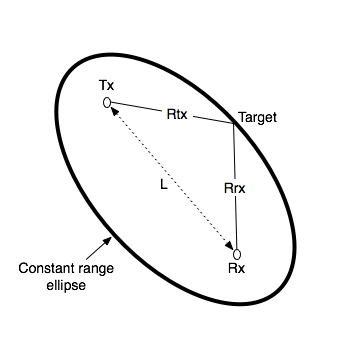diff options
| author | krakenrf <78108016+krakenrf@users.noreply.github.com> | 2022-10-15 10:40:50 +0200 |
|---|---|---|
| committer | krakenrf <78108016+krakenrf@users.noreply.github.com> | 2022-10-15 10:40:50 +0200 |
| commit | 88ffd87a6b1a0f9c6b82392e8b428248c8052572 (patch) | |
| tree | df431679f29124d52ad00045c5bbcfbd3d6fb2e6 | |
| parent | Updated 08. Passive Radar (markdown) (diff) | |
| download | krakensdr_docs.wiki-88ffd87a6b1a0f9c6b82392e8b428248c8052572.tar krakensdr_docs.wiki-88ffd87a6b1a0f9c6b82392e8b428248c8052572.tar.gz krakensdr_docs.wiki-88ffd87a6b1a0f9c6b82392e8b428248c8052572.tar.bz2 krakensdr_docs.wiki-88ffd87a6b1a0f9c6b82392e8b428248c8052572.tar.lz krakensdr_docs.wiki-88ffd87a6b1a0f9c6b82392e8b428248c8052572.tar.xz krakensdr_docs.wiki-88ffd87a6b1a0f9c6b82392e8b428248c8052572.tar.zst krakensdr_docs.wiki-88ffd87a6b1a0f9c6b82392e8b428248c8052572.zip | |
| -rw-r--r-- | 08.-Passive-Radar.md | 2 |
1 files changed, 1 insertions, 1 deletions
diff --git a/08.-Passive-Radar.md b/08.-Passive-Radar.md index cb79d6a..10189c6 100644 --- a/08.-Passive-Radar.md +++ b/08.-Passive-Radar.md @@ -119,7 +119,7 @@ In the future we aim to have software enhancements that make understanding and v  -The bistatic range displayed on the KrakenSDR range-doppler graph is described by the formula $\mathrm{Bistatic Range (meters)} = R_b = R_tx + R_rx - L$. So you can see that a single reading on the range-doppler graph describes an ellipse of possible locations. +The bistatic range displayed on the KrakenSDR range-doppler graph is described by the formula $\mathrm{Bistatic Range (meters)} = R_b = R_{tx} + R_{rx} - L$. So you can see that a single reading on the range-doppler graph describes an ellipse of possible locations. # Range Resolution Range resolution depends on the sampling bandwidth, which for the KrakenSDR and RTL-SDR tuners inside is 2.4 MHz. Therefore we achieve $\frac{c}{fs} = \frac{299792458}{2400000} = ~125m$ resolution per range cell on the graph (assuming the illuminating signal is at least 2.4 MHz as well). |
